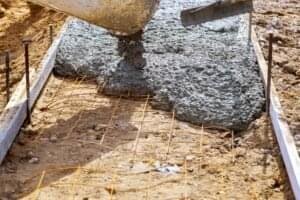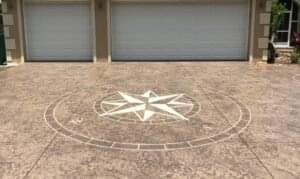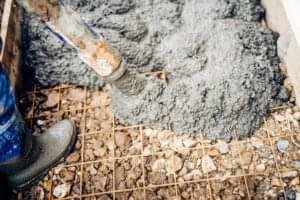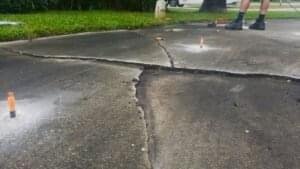Are you tired of looking at cracked, stained, or outdated surfaces? Replacing concrete is expensive and disruptive, making resurfacing a cost-effective alternative. However, the longevity of resurfaced concrete is a key consideration for homeowners.
Cracked and faded surfaces ruining the aesthetic? Get a custom solution that lasts!
Best Concrete Contractor in Lubbock, TX
Phone: (806) 375-7740
Understanding Concrete Resurfacing
Resurfacing is the process of applying a thin layer of a specialized compound over the existing one to restore its appearance and functionality. It is commonly used for driveways, patios, sidewalks, and garage floors, making them look new again without tearing out the old surface.
Factors Affecting the Lifespan of Resurfacing
On average, it lasts between 10 to 20 years when properly installed and maintained. However, several factors influence its durability:
1. Quality of Materials
Using high-quality materials ensures a longer-lasting finish. Our professionals use premium materials that bond effectively with the existing surface, preventing early deterioration.
2. Proper Installation
A surface that has been professionally resurfaced lasts far longer than a DIY. Our experienced team follows industry best practices, ensuring strong adhesion and a smooth, even application.
3. Climate & Weather Conditions
Concrete may expand and contract in Lubbock due to hot summers and occasional freezing temperatures. Using weather-resistant materials helps minimize these effects and prolongs the surface’s life.
4. Usage & Traffic Load
Heavy foot traffic, automobiles, or industrial use can cause surfaces to deteriorate more quickly. Sealing and periodic maintenance can significantly extend their longevity.
5. Maintenance & Care
Routine maintenance, such as sealing every 2 to 3 years, regular cleaning, and avoiding harsh chemicals, helps preserve the resurfaced layer and prevents premature cracking or wear.
How to Extend the Lifespan of Resurfacing
To maximize the durability of your resurfaced surface, follow these expert tips:
- Apply a High-Quality Sealer: A quality sealer protects against moisture, stains, and UV damage.
- Keep the Surface Clean: Sweep regularly and use mild soap and water to remove dirt.
- Avoid Heavy Impact: Heavy machinery or sharp objects can damage the renewed layer.
- Repair Minor Cracks Promptly: Address small cracks before they expand into larger issues.
Why Choose Lubbock Concrete Contractor?
They are the most trusted leading contractor in Lubbock. They provide high-quality services in the greater Lubbock area, ensuring long-lasting results. Here’s why homeowners and businesses trust them:




Contact Details:
Phone: (806) 375-7740
Frequently Asked Question(s)
Costs vary based on square footage, condition of the existing surface, and material choice. Call (806) 375-7740 for a free estimate.
No, heavily damaged or crumbling surfaces may require replacement instead of restoration.
Most projects are completed within 1-2 days, depending on the area size and weather conditions.
Yes! With professional services, your surface will look fresh, smooth, and modern.
It is recommended to seal every 2-3 years to maintain its longevity.





